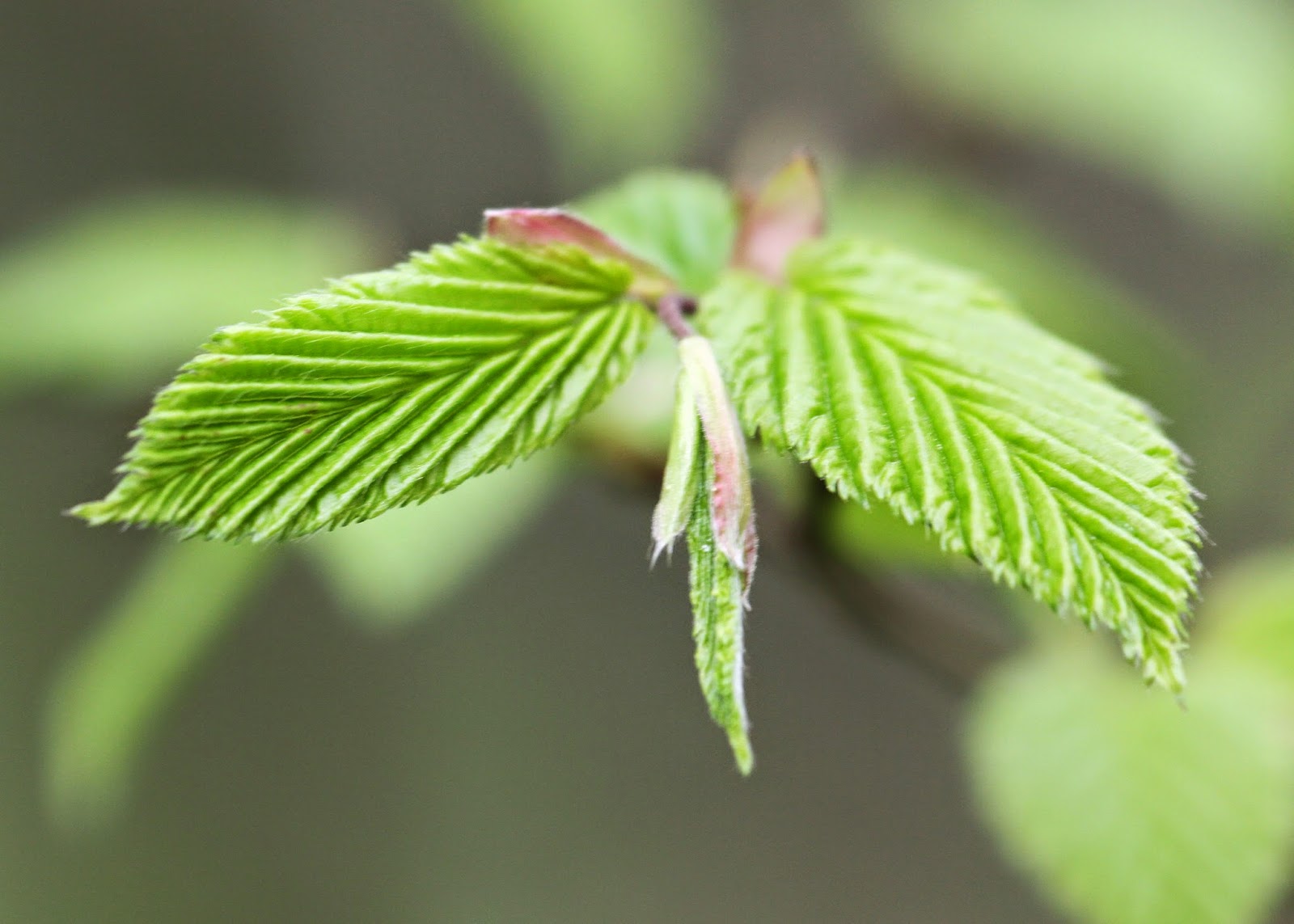This was a great visit to the NNR with Phil to share my enthusiasm for both wildlife and photography.
Underneath a decaying log I found a disco fungus in the Ascomycetes, probably
Mollisia and maybe
Mollisia cinerea.
And a little further along the decaying wood there was a large red mite, very still!
There was a nice little white Springtail as well, but too out of focus.
On the top of a nearby stump was a possible Slime Mould, perhaps
Lycogala terrestre.
On some of the birches we saw later there were some hoof or tinder fungus brackets,
Fomes fomentarius, very common wherever there are Birch, or Beech further South I understand:
There were a few burrows about 15 mm diameter by the side of the main path. A large beetle perhaps?
Through the middle of the woods we came across some Wood Bittercress,
Cardamine flexuosa, with 6 stamens in the flower and a lusher "jizz" to it than the Hairy Bittercress,
Cardamine hirsuta.
Here is a nice photo of a Primrose, a Bluebell and a Wood Anemone all together!
There were also a few violets:
For birds, there were Chiffchaffs, Blackcaps, Blue Tits, Great Tits, Nuthatches, robins, Blackbirds, Songthrushes, Greater Spotted Woodpeckers, Green Woodpeckers, Jays, Jackdaws, Woodpigeons and a Sparrowhawk circling high above the wood.
We saw one of the less than a dozen mature Wild Service or Chequer trees in the Woods, and bemoaned the lack of young trees there. The bark is wonderfully craggy and beautifully if discretely coloured:
It has NOT moved from
Sorbus into
Torminaria, so remains
Sorbus torminalis.
The hornbeam is breaking buds and the leaves are expanding rapidly.













